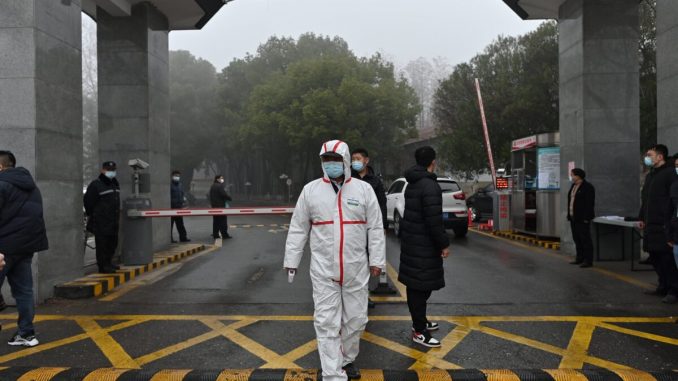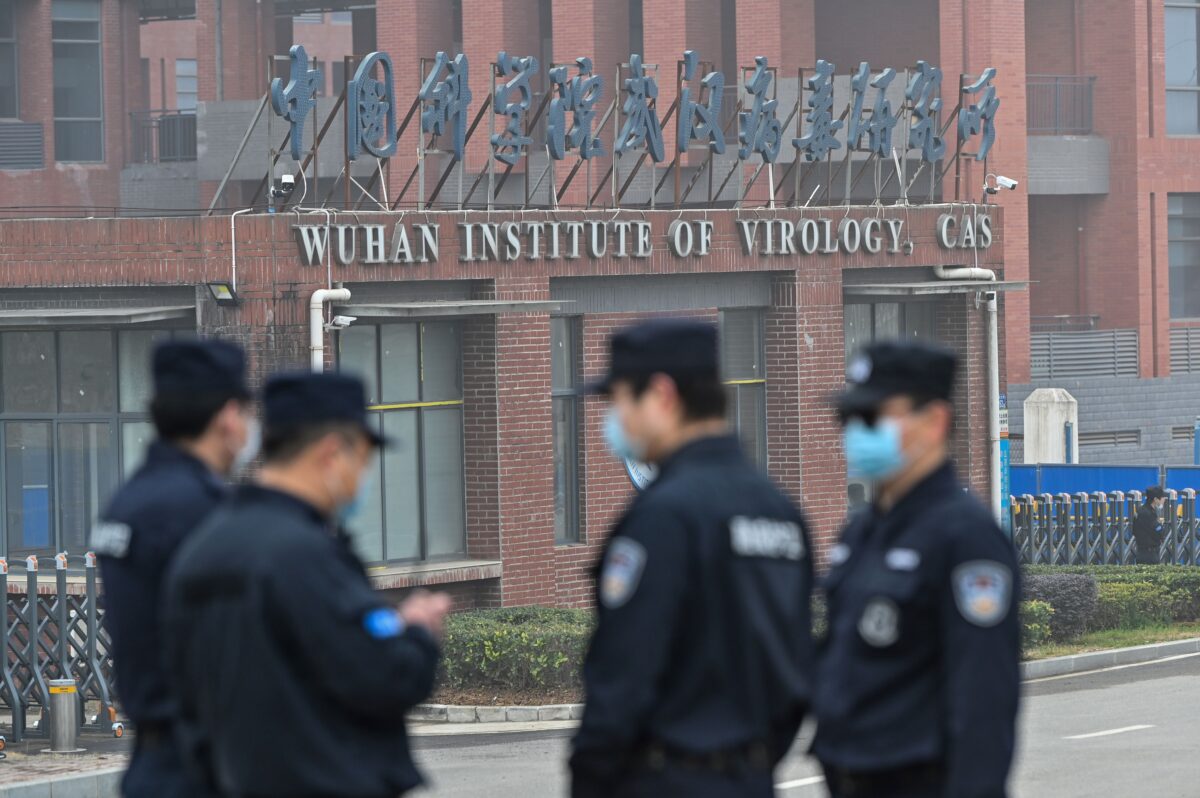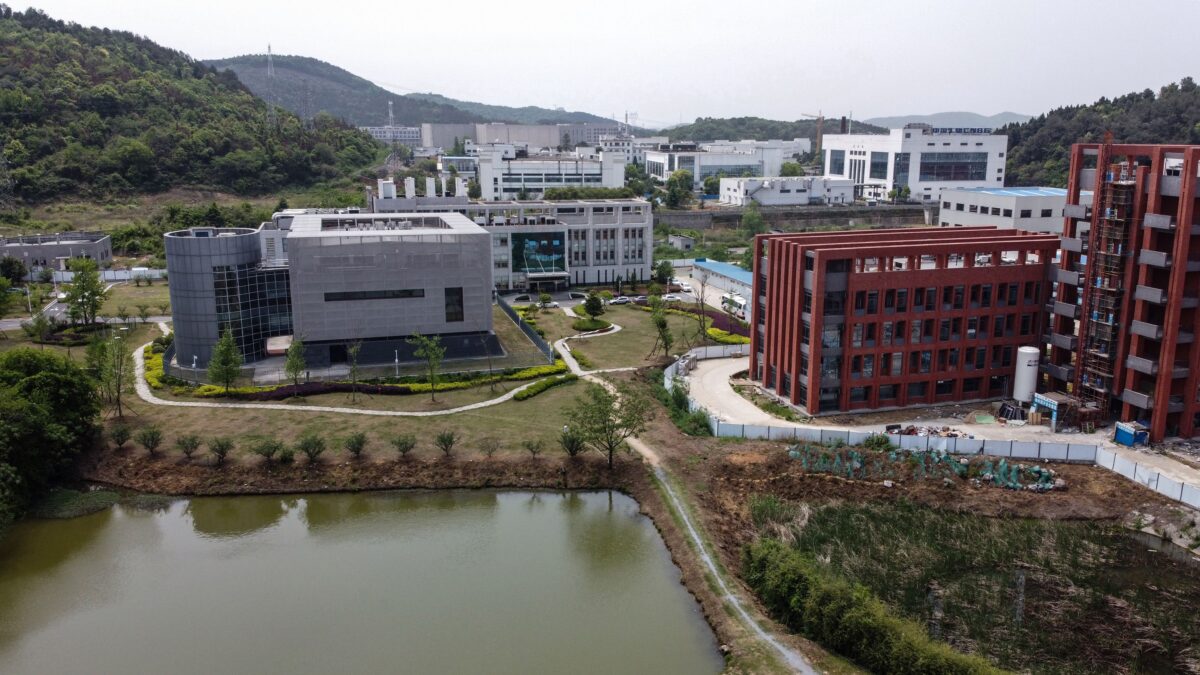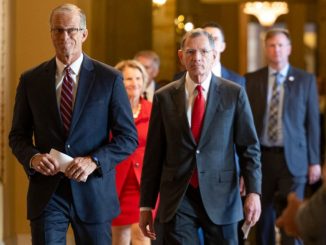
A group of international researchers are pushing for a “proper investigation” into the origins of COVID-19, including examining the lab accident theory that a World Health Organization (WHO) probe previously dismissed.
The WHO-led mission in Wuhan, which released its findings in late March, did not give “balanced consideration” to the theory that the CCP (Chinese Communist Party) virus came from a laboratory accident, rather giving more weight to the natural spillover hypothesis—the event that the virus spread to humans through an animal host, the scientists argued in a letter published May 14 in Science, a peer-reviewed academic journal.
The letter was signed by 18 medical experts who specialize in virology, biology, immunology, and epidemiology.
The WHO team assessed the animal origin theory as “likely to very likely” and the other as “extremely unlikely,” despite having “no findings in clear support of either,” they wrote, noting that of 313 pages total, the report only dedicated four pages to addressing a possible lab accident.
“We must take hypotheses about both natural and laboratory spillovers seriously until we have sufficient data,” the authors said. “A proper investigation should be transparent, objective, data-driven … and responsibly managed to minimize the impact of conflicts of interest.”

The letter adds to the growing efforts seeking a full inquiry into the origins of the CCP virus, which causes the COVID-19 disease, since the WHO report was published, which critics said the investigation lacked independence and allowed Beijing to have a heavy hand.
The United States, the European Union, and more than a dozen other nations have raised concerns about the WHO study, pointing to the report’s significant delay and Beijing’s denial to provide crucial raw data.
WHO Director-General Tedros Adhanom Ghebreyesus has also noted the difficulties in accessing data from China. He said that the laboratory leak possibility “requires further investigation, adding that “all hypotheses remain on the table.”
“In this time of unfortunate anti-Asian sentiment in some countries, we note that at the beginning of the pandemic, it was Chinese doctors, scientists, journalists, and citizens who shared with the world crucial information about the spread of the virus—often at great personal cost,” said the authors of the May 14 letter. “We should show the same determination in promoting a dispassionate science-based discourse on this difficult but important issue.”
Lab Escape Theory
Officials in the United States and elsewhere have cast attention on the lab accident theory despite Beijing’s effort to disassociate such links.
Former Secretary of State Mike Pompeo and Robert Redfield, former director of the Centers for Disease Control and Prevention, and former lead COVID-19 investigator David Asher have suggested the virus most likely came from a lab in Wuhan, where the first virus clusters surfaced.

A fact sheet from the State Department, released during the last days of the Trump Administration, suggested that several researchers in the Wuhan Institute of Virology (WIV) fell ill in autumn 2019 with symptoms similar to COVID-19.
“There’s enormous evidence that that’s where this began,” Pompeo said of the lab on ABC’s “This Week” on May 1. “We have said from the beginning that this was a virus that originated in Wuhan, China. We took a lot of grief for that from the outset. But I think the whole world can see now.”
Pompeo noted that the Chinese regime has “a history of running sub-standard laboratories.”
“These are not the first times that we have had the world exposed to viruses as a result of failures in a Chinese lab,” he said. He declined to say if he believes the virus was intentionally released.
WIV houses China’s only P4 lab, the highest biosafety level lab. It has worked for years with Chinese military leaders on state-funded projects.
Years before the pandemic, Chinese military scientists had discussed plans to unleash a bioengineered SARS coronavirus to advance Beijing’s goals.






Be the first to comment